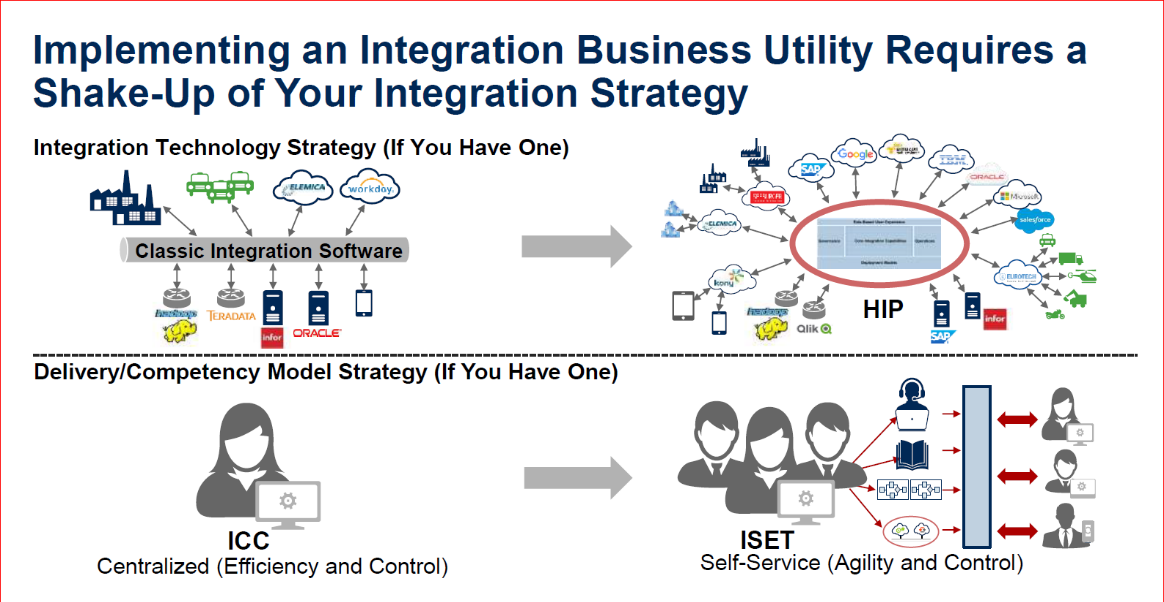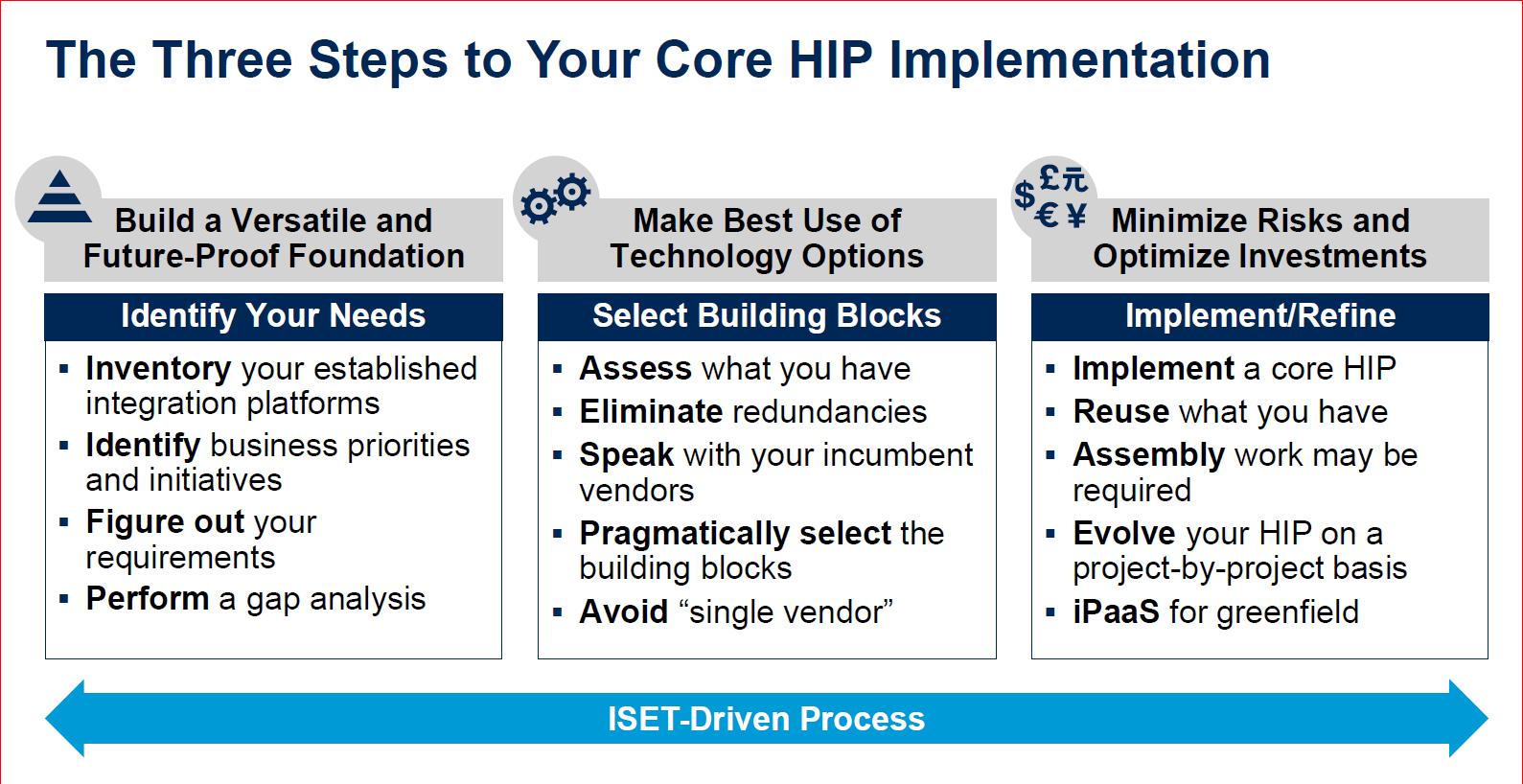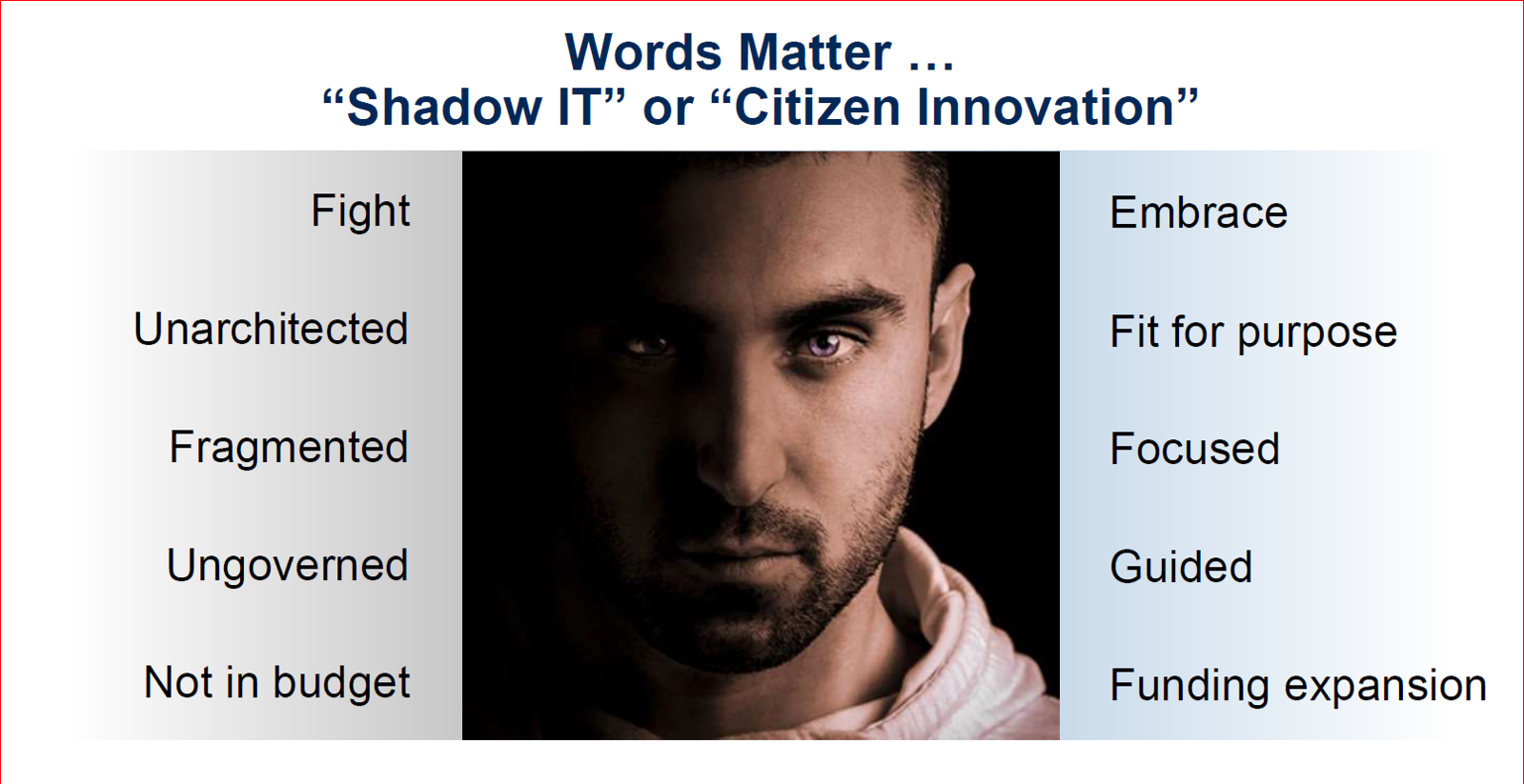Gartner Symposium/ITxpo in Barcelona is Europe’s most important gathering of CIOs and senior IT executives. At this year’s Symposium, six thousand IT leaders gathered at the Centre Convencions Internacional Barcelona to discuss emerging IT trends and hear expert insights including Gartner’s exclusive research. It was one of the largest Gartner events I have attended, and in the middle of jet lag and an overwhelming number of sessions running in parallel—which I felt more than ever I could never pick the “right” session—I find the session titled “The Hybrid Integration Platform–Can you be in business without one?” (Massimo Pezzini) The timing couldn’t be better because the concept of Hybrid Integration Platform (HIP) remains mysterious to many.
The theme of the conference was “Continuous Next.” In other words, we are no longer at the infancy of discussing digital transformation—just looking at and reacting to its catalysts. Organizations must operate as transformed and continuously adapting. According to Gartner, the formula for success in this is:

Gartner, Barcelona ITxpo Symposium, Opening Keynote: From Digital Transformation to ContinuousNext, 5 November 2018
That is the “why,” let’s get back to HIP. But look at the formula—it’s not just about technology (and nor is HIP). Look at it as you read below (1) mindset and (2) practices. Functionally the approach to integration to support this continuous next is rooted in evolving the discipline of integration to be that of a “Business Utility.” In their maturity model for integration, Gartner shows progression as below.

In this, operating as a “Business Utility” is the essence of what Hybrid Integration is seeking to enable and that is to have integration embedded in the digital culture, to have integration “enabled” by IT but offered as “self-service” through a shared and centrally managed HIP. Users are encouraged to act and empowered to act through this. Gartner sees two components to delivering an “Integration Business Utility:”

Of these two components—ONE, is the HIP itself. The other is an evolution of what was traditionally the “Integration Competency Center” to that of an “Integration Strategy and Empowerment Team.” In this evolution, the integration competency center transforms to be an enabling group for “others” (by others I mean those outside of IT) to do integration themselves. OK, sounds like a bunch of big words, but pragmatically this reveals the essence of a HIP and the evolved role of IT. Here are the mindset and practices.

The evolved role of IT is to enable the business with integration technology that is centrally managed and maintained and to enable the business to do its own integration. Steps to get there?

But in all this keep in mind the focus, enabling others (those outside of IT) to do integration. I’ll close with a slide called “Words Matter…” from the session, “Applications 2023: Driving Change in a Digital World.” What used to be called shadow IT and was seen as a bad thing to stop, we now call Citizen Integrators or Citizen Innovators—and this must be embraced and enabled to compete in the modern era.

Learn more about Hybrid Integration Platform here.


